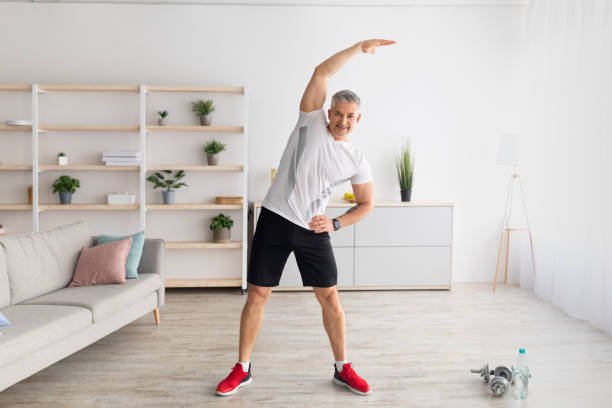Introduction to Faangsui
Faangsui is a fascinating concept that combines ancient wisdom with modern lifestyle choices. It is often described as an art of harmony, a philosophy of balance, and a tool for creating environments that promote peace and prosperity. Whether in personal growth, interior design, or business strategies, Faangsui continues to inspire people around the world. In this article, we will explore its origins, guiding principles, applications, and its growing influence in today’s fast-paced society.
The Origins of Faangsui
Faangsui has its roots in traditional Eastern philosophies that emphasize the natural flow of energy. While often associated with spiritual practices, it is equally practical in its guidance. Ancient scholars observed patterns in nature and translated these into principles that could be applied to homes, workspaces, and even daily routines.
Over time, Faangsui became more than just a cultural practice—it evolved into a framework for aligning one’s environment and mindset with universal energies.
Core Principles of Faangsui
To understand Faangsui, it’s important to explore its core principles. These ideas form the foundation of how it is applied in different aspects of life.
1. Balance and Harmony
At the heart of Faangsui lies the belief in balance. Every aspect of life—light and dark, work and rest, growth and reflection—must remain in harmony for overall well-being.
2. Energy Flow
Faangsui emphasizes the smooth flow of energy, often referred to as life force or vitality. Clutter, negativity, or poor design can block this flow, while thoughtful arrangements can enhance it.
3. Connection with Nature
Nature plays a central role in Faangsui. The placement of natural elements like wood, water, and stone in living spaces is believed to attract positive energy and foster peace.
4. Intentional Living
Every action in Faangsui carries intention. From arranging furniture to choosing colors, the philosophy teaches that mindfulness in small decisions leads to long-term success and fulfillment.
Modern Applications of Faangsui
Although its origins are ancient, Faangsui has found new relevance in the modern world. People today are rediscovering its value as they seek balance in a digital, fast-moving society.
Faangsui in Home Design
Interior designers often apply Faangsui principles to create relaxing, energy-rich spaces. Positioning furniture for openness, using natural light, and incorporating symbolic objects are ways to make a home both beautiful and functional.
Faangsui in the Workplace
Employers and professionals are turning to Faangsui to improve productivity and creativity. A well-arranged office that reduces stress and fosters focus can significantly impact performance.
Faangsui and Wellness
Beyond design, Faangsui also influences mental health and well-being. Many adopt its teachings for meditation spaces, yoga practice, and mindfulness routines.
Faangsui in Digital Life
Surprisingly, Faangsui even extends to digital spaces. The way we organize files, structure our online presence, or curate our social media can reflect the same harmony and intentional flow found in physical spaces.
Benefits of Practicing Faangsui
Applying Faangsui principles offers numerous benefits that go beyond aesthetic improvements.
-
Enhanced Energy – By aligning your surroundings, you may feel more vibrant and focused.
-
Improved Relationships – Harmonious spaces encourage better communication and stronger bonds.
-
Boosted Productivity – In workplaces, Faangsui reduces stress and supports efficiency.
-
Personal Growth – Intentional living inspires self-reflection, discipline, and goal achievement.
-
Spiritual Connection – Many find a deeper sense of purpose when living by Faangsui principles.
Common Misconceptions about Faangsui
While popular, Faangsui is often misunderstood.
-
Myth 1: It’s Only About Furniture Placement
Though interior design is one aspect, Faang-sui is a broader philosophy about balance and energy. -
Myth 2: It’s a Superstition
Rather than being superstition, Faang-sui is rooted in observation, mindfulness, and natural patterns. -
Myth 3: It’s Outdated
In truth, Faang-sui has adapted seamlessly to modern lifestyles, proving timeless in its relevance.
How to Start Practicing Faangsui
If you’re new to Faang-sui, here are simple steps to begin:
-
Declutter Your Space – Clear unnecessary items to improve energy flow.
-
Invite Natural Elements – Add plants, water features, or wooden textures.
-
Use Light Mindfully – Natural sunlight and soft lighting create positive environments.
-
Set Intentions – Choose décor and objects that reflect your goals and values.
-
Experiment and Reflect – Try small changes and notice how they affect your mood and productivity.
The Future of Faangsui
As society becomes more aware of mental health, sustainability, and intentional living, Faang-sui is expected to grow in popularity. It bridges the gap between ancient wisdom and contemporary needs, offering practical tools for better living.
From eco-friendly architecture to mindful business strategies, Faang-sui will likely remain a guiding philosophy for generations to come.
Conclusion
Faangsui is more than a practice—it’s a lifestyle philosophy that brings harmony, balance, and purpose to everyday living. By embracing its principles, individuals and communities can cultivate environments that foster creativity, wellness, and success.
In today’s fast-paced world, the teachings of Faang-sui are not just relevant—they are essential reminders of the importance of balance in all aspects of life.

